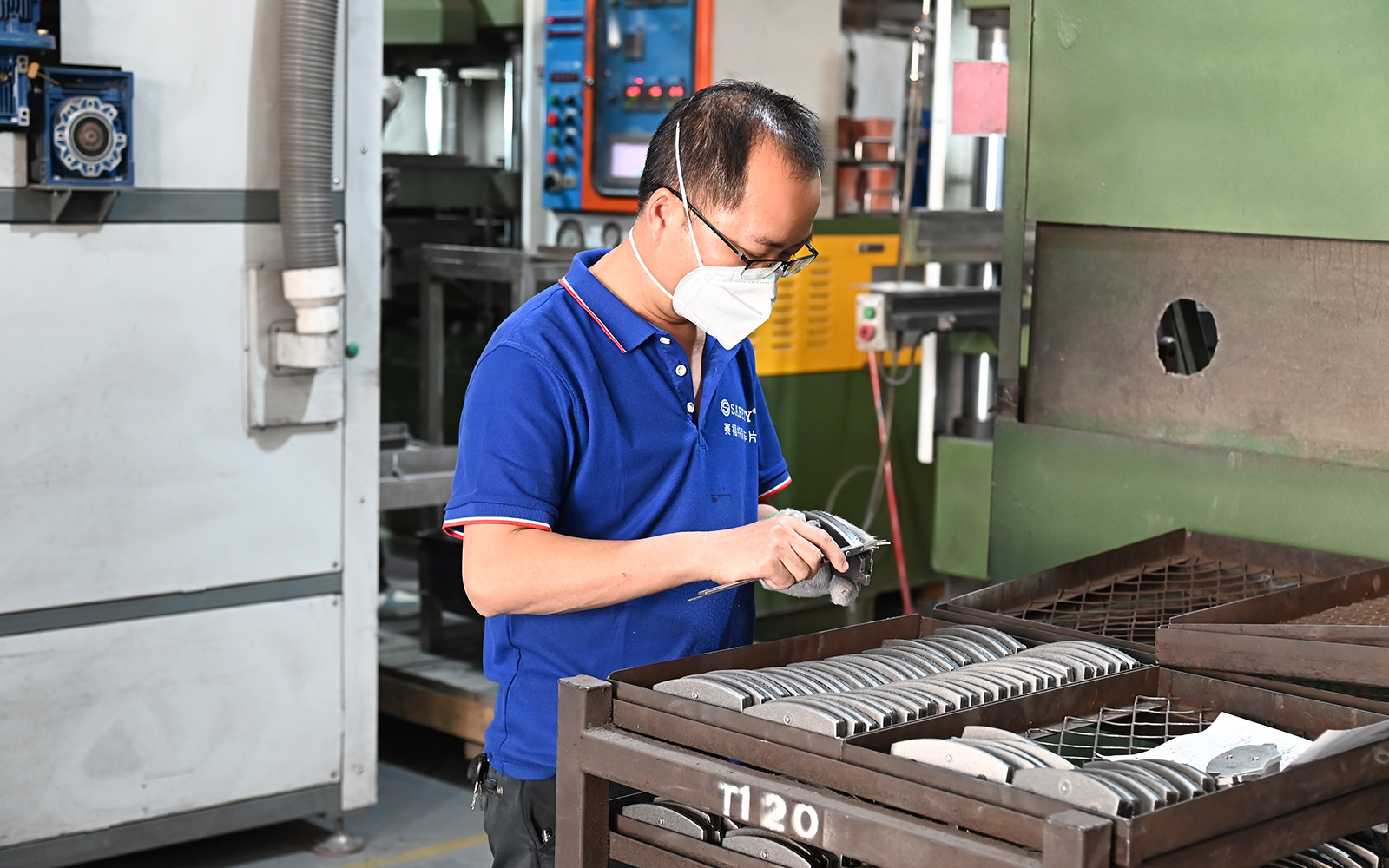New brake pads are about 1.5 cm thick. As you drive, they gradually thin. If pads are below 1 cm, monitor should consider replacement. If under 0.5 cm, risk of brake failure increases, and need to replace immediately. Wear can often be judged visually without tools.
How to Choose Brake Pads?
1. Material
- Semi-metallic: Common, affordable, suited for standard cars.
- Low-metallic: Better performance, often used in mid-range vehicles.
- Ceramic: Top performance, premium price, ideal for high-end cars.
2.Heat Resistance
Brake pads must maintain stability at high temperatures (e.g., 350°C) to ensure effective braking.



